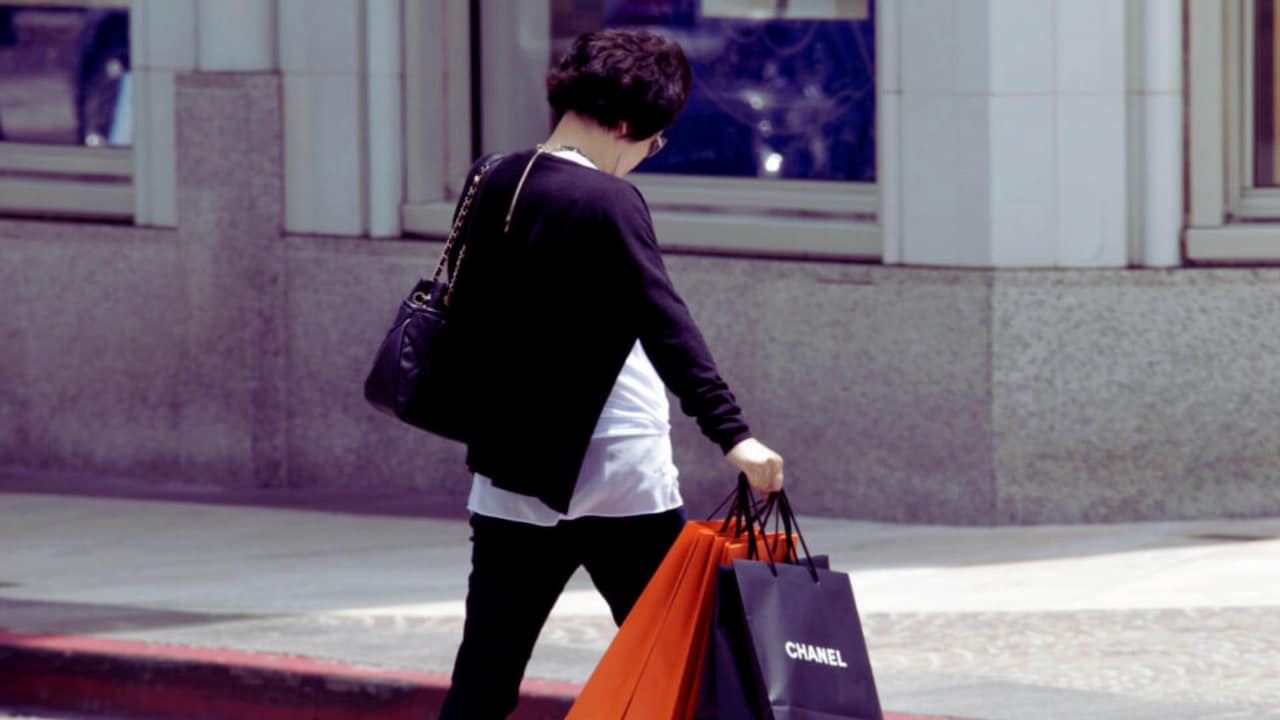Rich Americans Keep Economy Humming as Inflation Pinches Others
In a surprising twist, wealthy Americans are powering the U.S. economy through robust retail spending, even as many struggle with high prices. This trend is reshaping economic patterns and sparking debates about inequality.
As a news reporter on the ground, I’ve seen firsthand how this economic divide is playing out in communities across the country. From bustling high-end malls to discount stores with dwindling foot traffic, the contrast is stark.
The Wealth Effect in Action
The rich are getting richer, and they’re not shy about spending. Recent Federal Reserve data shows that the wealthiest 10% of Americans now own a staggering 80% of stock market value. With the S&P 500 up over 22% this year, that’s a lot of extra cash in their pockets.
But it’s not just stocks. Home values have shot up too. The top 10% have seen their home equity jump by 70% since early 2020. That’s a whopping $17.6 trillion in housing wealth.
Economist Michael Pearce observes that they appear to be operating in a distinct manner. “These gains are fueling a spending spree that’s propping up the whole economy.”
A Tale of Two Economies
While the wealthy indulge, many Americans are struggling to make ends meet. Inflation has hit lower-income households hard. They’re spending more on basics like rent and food, leaving little for extras.
Take Helaine Rapkin, a 69-year-old teacher I met at a New Jersey Kohl’s. “I can’t believe how expensive things have gotten,” she told me, rifling through clearance racks. “I’m not feeling good at all about the economy.”
This split is showing up in the numbers. Since 2018:
- High-income households (over $100,000) have increased their spending by 17%.
- Middle-income ($60,000-$100,000): Up 13.3%
- Lower-income (under $60,000): Up just 7.9%
Why It Matters
This spending gap has big implications. It’s helping the U.S. dodge a recession, even as the Fed hiked interest rates. About 70% of the economy is driven by consumer spending, and the rich are currently in control.
But it’s also widening the wealth gap. Lower-income Americans are falling behind, with more people struggling to pay bills. Late payments on credit cards and car loans are at a 10-year high.
Looking Ahead
Some experts are cautiously optimistic. As inflation cools, they think spending power will bounce back for more Americans.
“We’re probably past the worst,” Pearce says. “The outlook is pretty strong.”
But others worry about long-term effects. Harvard economist Karen Dynan notes, “There are increasing cracks in consumers’ spending. It’s not a broader economic story yet, but we’re watching closely.”
What It Means for You
If you’re feeling the squeeze, you’re not alone. But there are steps you can take:
- Track your spending closely.
- Look for deals and discounts.
- Focus on necessities first.
- Build an emergency fund if possible.
- Consider asking for a raise or looking for better-paying work.
The economy might look promising on paper, but it’s clear not everyone is feeling the benefits. As this trend continues, it’s reshaping not just our economy but our society. The question now is: How long can this two-speed economy last, and what will it mean for America’s future?
Stay tuned as we continue to track this developing story.
Table of Contents
